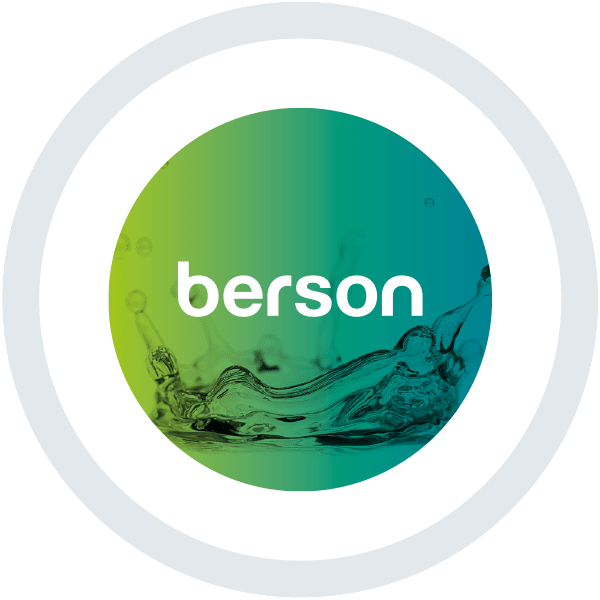Is clean water a bigger threat than climate change?
By: Brian Grochowski
On a recent CBS News interview, Andrew Wheeler, Administrator of the United States Environmental Protection Agency (USEPA), stated that he believed “water issues are the largest and most immediate environmental and public health issue affecting the world right now. By water issues, I mean primarily clean and safe drinking water, marine litter and water infrastructure.” In the same interview, he went on to state that these water issues are more immediate threats than issues related to climate change.
While there is much debate about whether these water issues are more important than climate change, the two are intertwined when considering the future impacts associated with water quality, water scarcity, the rising cost of water, etc. if they are not properly  addressed. Of especial interest to the food and beverage industry should be Wheeler’s comment that “92% of US water meets the EPA’s requirements for safety”. Is this good enough?
addressed. Of especial interest to the food and beverage industry should be Wheeler’s comment that “92% of US water meets the EPA’s requirements for safety”. Is this good enough?
If the municipal water supply only meets the USEPA requirements 92% of the time, is that good enough for water used as an ingredient, process water, CIP final rinse water or other direct and indirect product contact uses? The new Food Safety Modernization Act (FSMA) guidelines only specify that the water used in a facility must be “sufficient for the operations intended”. In other words, it’s up to the food and beverage manufacturer to set the standard and to ensure the water used in its process is suitable.
To mitigate risk, food and beverage facilities may want to consider some of the following actions:
- Develop a close working relationship with the local municipality and request high priority notification when the municipality becomes aware of a water quality issue (chemical or microbiological)
- Request that the local municipality increase microbial and chemical testing at a sampling point very close to the entry point into the manufacturing facility
- Consider adding online instrumentation to monitor key water quality parameters for the water entering the facility (turbidity, chlorine, etc.)
- Increase sampling of incoming water for critical microbial contaminants and chemical contaminants
- Add water treatment barriers to inactivate or capture contaminants that may enter the facility (filtration, RO, UV, etc.)
– Ensure that all incoming water that is used as process water or ingredient water passes through these barriers. For example, water used for CIP final rinses, if not treated (especially during a main break), could introduce unwanted contamination into the product or process
– UV is commonly used as a firewall and as a sole sufficient barrier to mitigate the microbial risks associated with a main break or other means of contamination in the municipal water distribution network
More information on the CBS interview can be found below:
www.cbsnews.com/video/epa-administrator-clean-drinking-water-a









